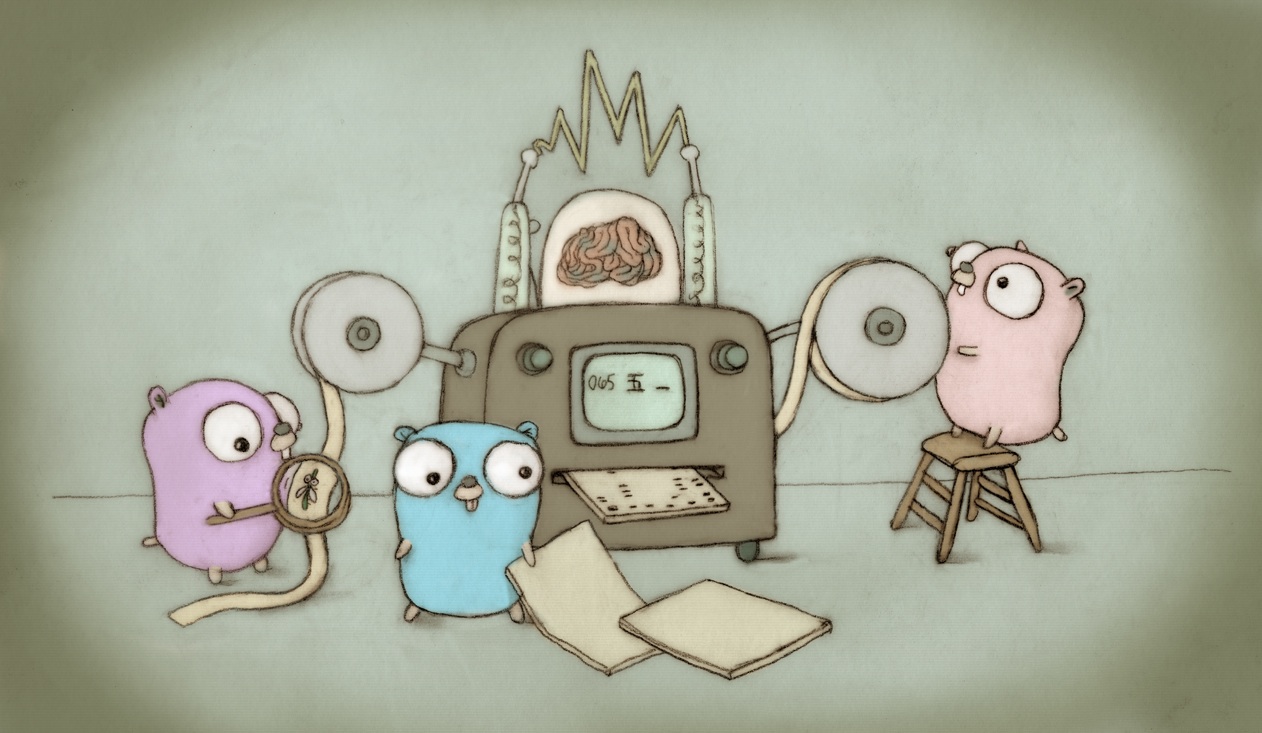Both laptops closing their lids and cloud container runtimes
suspending VMs both faced the problem where an idle HTTP connection
used by the Transport could be cached for later reuse before the
machine is frozen, only to wake up many minutes later to think that
their HTTP connection was still good (because only a second or two of
monotonic time passed), only to find out that the peer hung up on them
when they went to write.
HTTP/1 connection reuse is inherently racy like this, but no need for
us to step into a trap if we can avoid it. Also, not everybody sets
Request.GetBody to enable re-tryable POSTs. And we can only safely
retry requests in some cases.
So with this CL, before reusing an old connection, double check the walltime.
Testing was done both with a laptop (closing the lid for a bit) and
with QEMU, running "stop" and "cont" commands in the monitor and
sending QMP guest agent commands to update its wall clock after the
"cont":
echo '{"execute":"guest-set-time"}' | socat STDIN UNIX-CONNECT:/var/run/qemu-server/108.qga
In both cases, I was running
https://gist.github.com/bradfitz/260851776f08e4bc4dacedd82afa7aea and
watching that the RemoteAddr changed after resume.
It's kinda difficult to write an automated test for. I gave a lightning talk on
using pure emulation user mode qemu for such tests:
https://www.youtube.com/watch?v=69Zy77O-BUM
https://docs.google.com/presentation/d/1rAAyOTCsB8GLbMgI0CAbn69r6EVWL8j3DPl4qc0sSlc/edit?usp=sharing
https://github.com/google/embiggen-disk/blob/master/integration_test.go
... that would probably be a good direction if we want an automated
test here. But I don't have time to do that now.
Updates #29308 (HTTP/2 remains)
Change-Id: I03997e00491f861629d67a0292da000bd94ed5ca
Reviewed-on: https://go-review.googlesource.com/c/go/+/204797
Reviewed-by: Bryan C. Mills <bcmills@google.com>
|
||
|---|---|---|
| .github | ||
| api | ||
| doc | ||
| lib/time | ||
| misc | ||
| src | ||
| test | ||
| .gitattributes | ||
| .gitignore | ||
| AUTHORS | ||
| CONTRIBUTING.md | ||
| CONTRIBUTORS | ||
| favicon.ico | ||
| LICENSE | ||
| PATENTS | ||
| README.md | ||
| robots.txt | ||
| SECURITY.md | ||
The Go Programming Language
Go is an open source programming language that makes it easy to build simple, reliable, and efficient software.
 Gopher image by Renee French, licensed under Creative Commons 3.0 Attributions license.
Gopher image by Renee French, licensed under Creative Commons 3.0 Attributions license.
Our canonical Git repository is located at https://go.googlesource.com/go. There is a mirror of the repository at https://github.com/golang/go.
Unless otherwise noted, the Go source files are distributed under the BSD-style license found in the LICENSE file.
Download and Install
Binary Distributions
Official binary distributions are available at https://golang.org/dl/.
After downloading a binary release, visit https://golang.org/doc/install or load doc/install.html in your web browser for installation instructions.
Install From Source
If a binary distribution is not available for your combination of operating system and architecture, visit https://golang.org/doc/install/source or load doc/install-source.html in your web browser for source installation instructions.
Contributing
Go is the work of thousands of contributors. We appreciate your help!
To contribute, please read the contribution guidelines: https://golang.org/doc/contribute.html
Note that the Go project uses the issue tracker for bug reports and proposals only. See https://golang.org/wiki/Questions for a list of places to ask questions about the Go language.